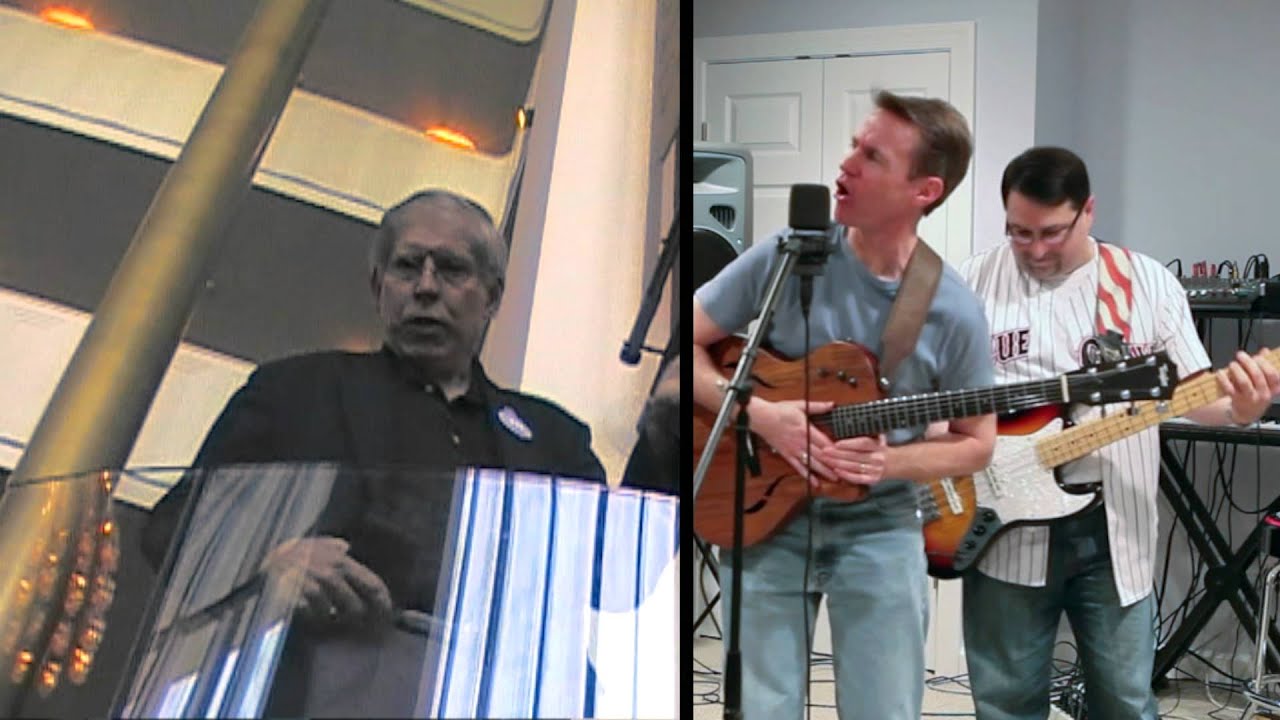
It was recently revealed that an Excel error contributed to the European fiscal crisis, and a continuing global economic recession/depression. Paul Krugman called the revelation the Excel Depression in the NY Times. Certainly lives are at stake when the success or failure of large economies are at risk, but not nearly as many lives as are at stake every day given the lack of transparency (and even, in some cases, plain truth) in bioscience research and medical outcomes reporting. Ben Goldacre gave a barn-burning TED talk, “Battling Bad Science,” in 2011. He gave another one in 2012 in which he called the data manipulation in scientific research the “cancer at the core of evidence-based medicine.” His point? We cannot make a meaningful decision in the absence of ALL the data. Tim Berners-Lee, the man who invented the actually-useful-to-humans WWW part of the Internet, has consistently called for raw data – ALL the raw data – NOW. Paul Levy, the former CEO of Beth Israel Deaconess Hospital, recently blogged about the failure of the Journal of Pediatric Surgery to reveal, in a report on a surgery for sunken-chest deformity, a widely-reported death of a teenage boy after said surgery, even though that boy’s case is used as an example of avoidable medical error in safety bootcamps for medical interns and residents. Boggles the mind, doesn’t it? Even if the data is fully reported, the PR geeks who write up the announcement of results might get that report 100% wrong. Witness the recent contretemps over a University of Chicago study on patient engagement, shared decision-making, and healthcare cost control. A full outline of that mess, by ePatient Dave deBronkart in Forbes, will give you 411 on that story. The Cliff’s Notes: it was a post-discharge survey, not a full study; it measured attitudes, not outcomes; and the press release was sent out on…



